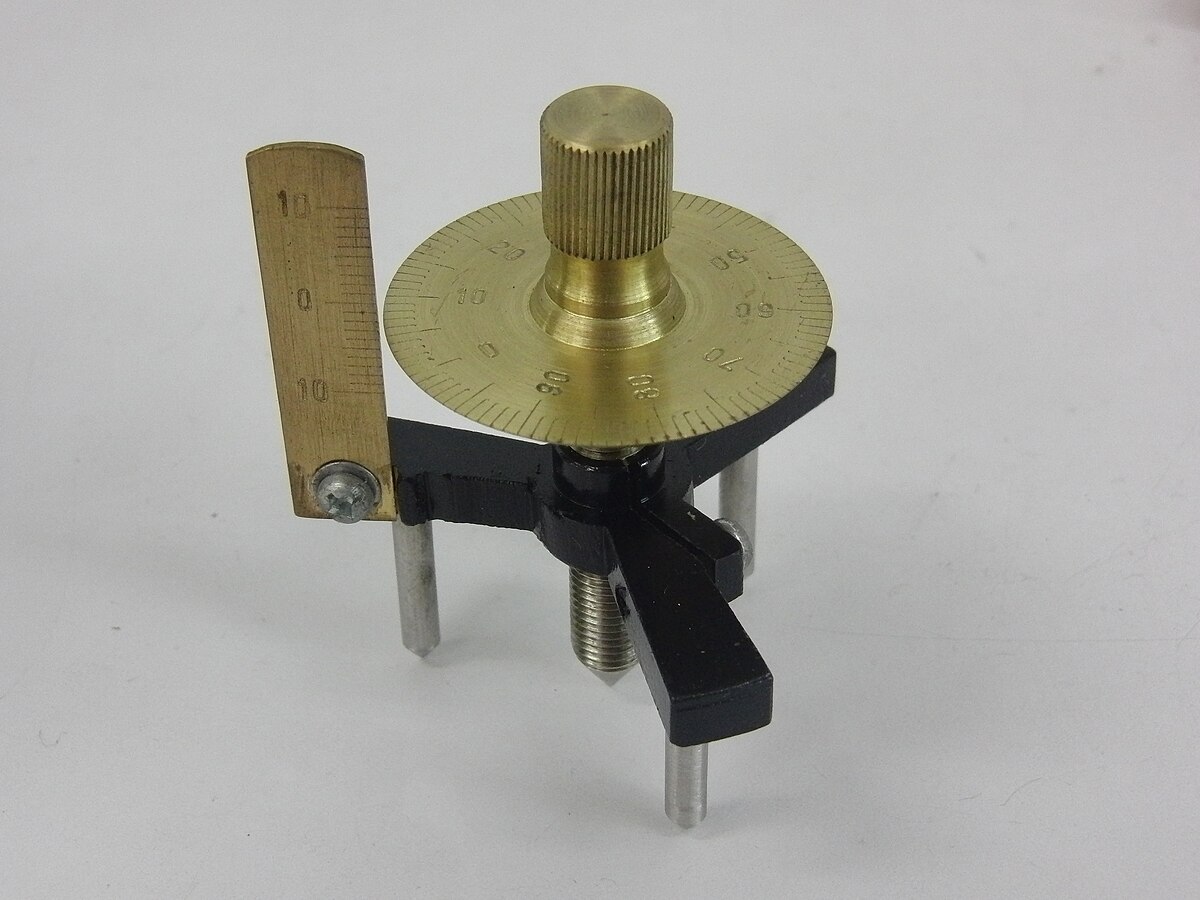In my observation of an older (15yrs) set of centennial balls , the area within the black circle and # is proud of the rest of the surface.
Seems that thru polishing on my machine that the # core is harder than the white area . You can feel the difference, has any one else noticed this condition?
I have seen similar even on a brand new set. I've also seen the opposite. I bought a set of "new old stock" German Rashig balls. The black lines for the number were sunken in a mile.
That's actually one of the reasons I wanted to make this fixture. Its a relatively easy way to measure those differences on specific spots by simply rotating the ball a hair and see how the needle moves between the white of the ball and the strip (or number, or line) of the ball.

